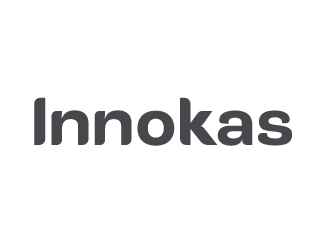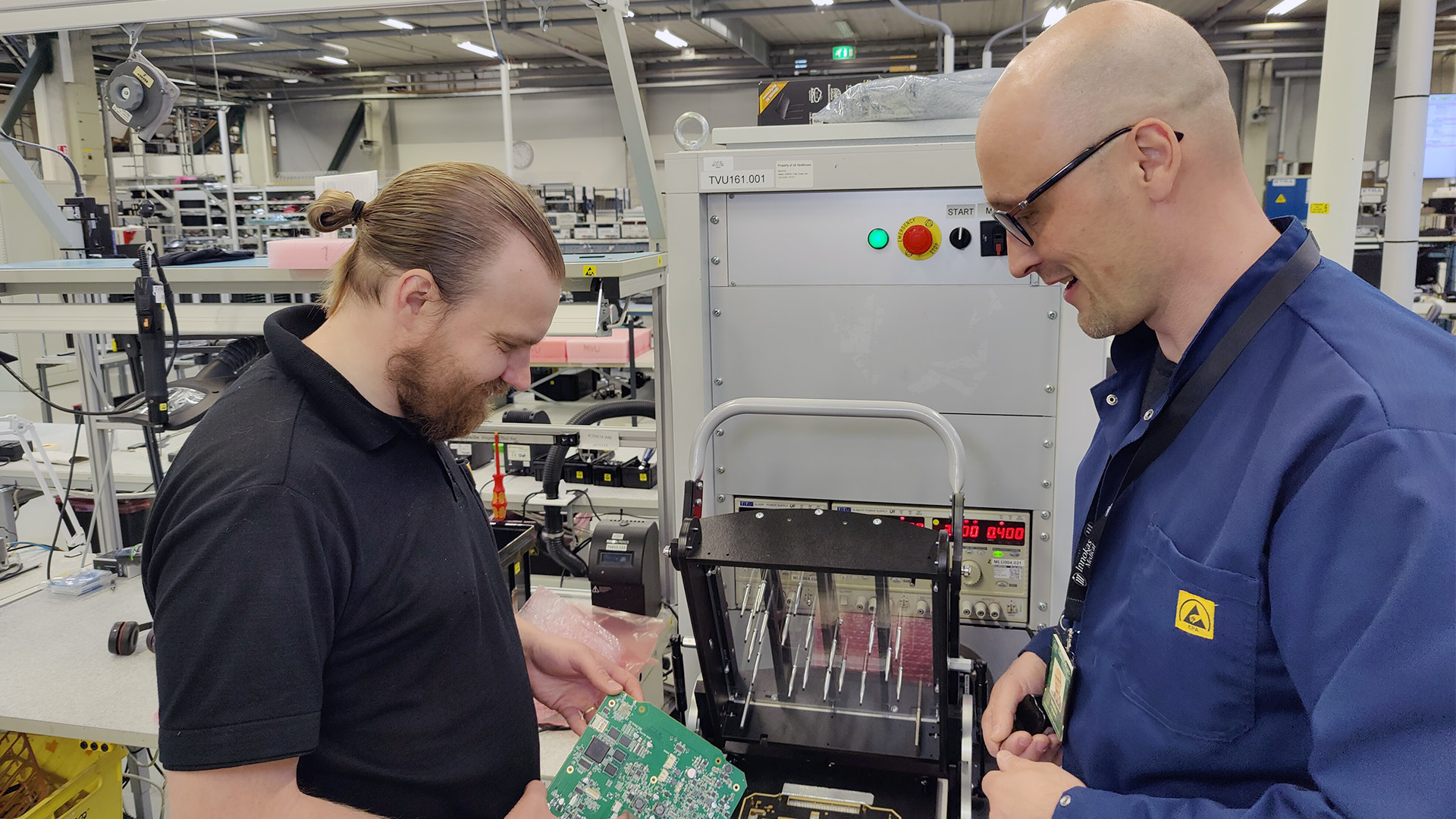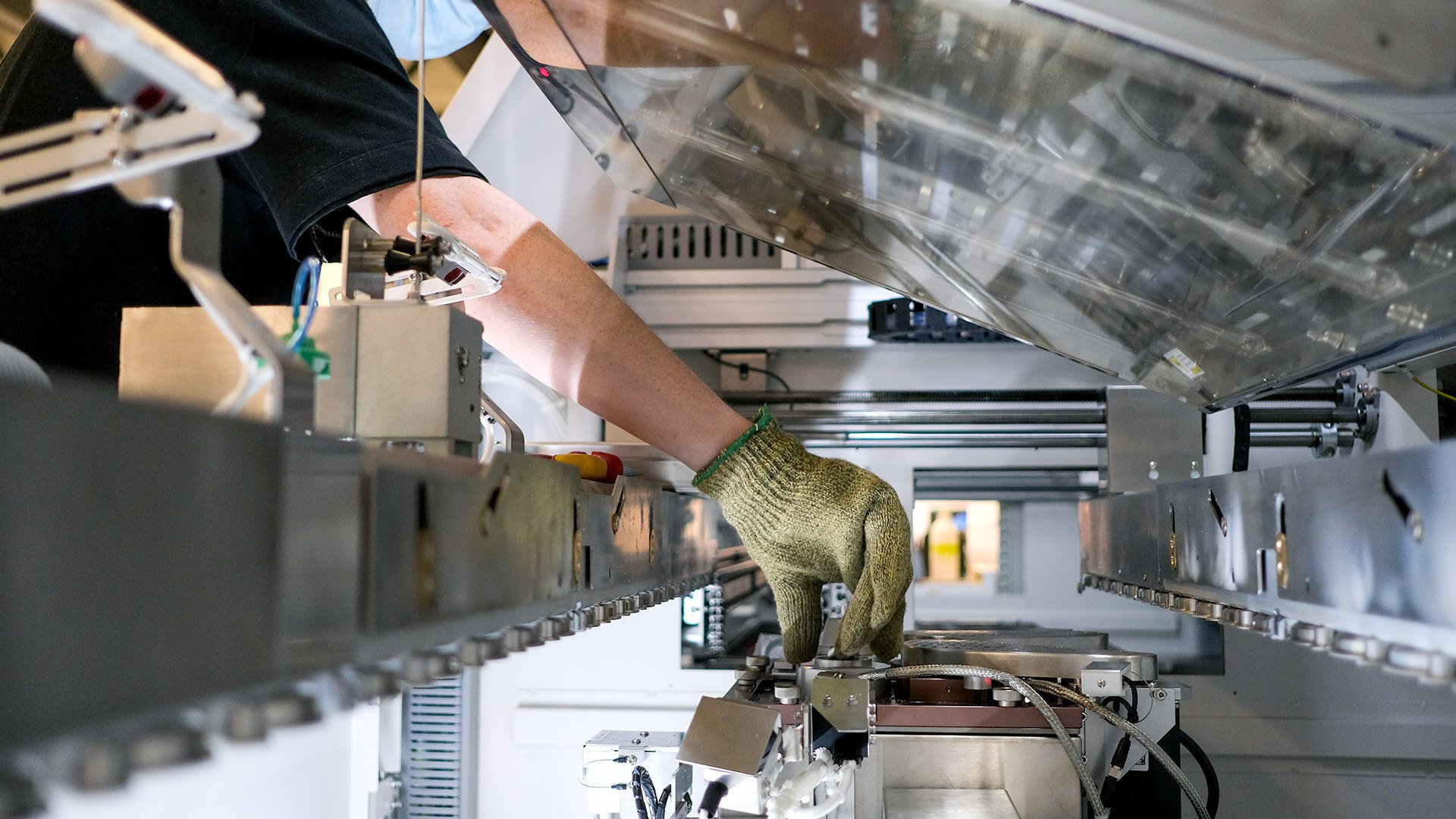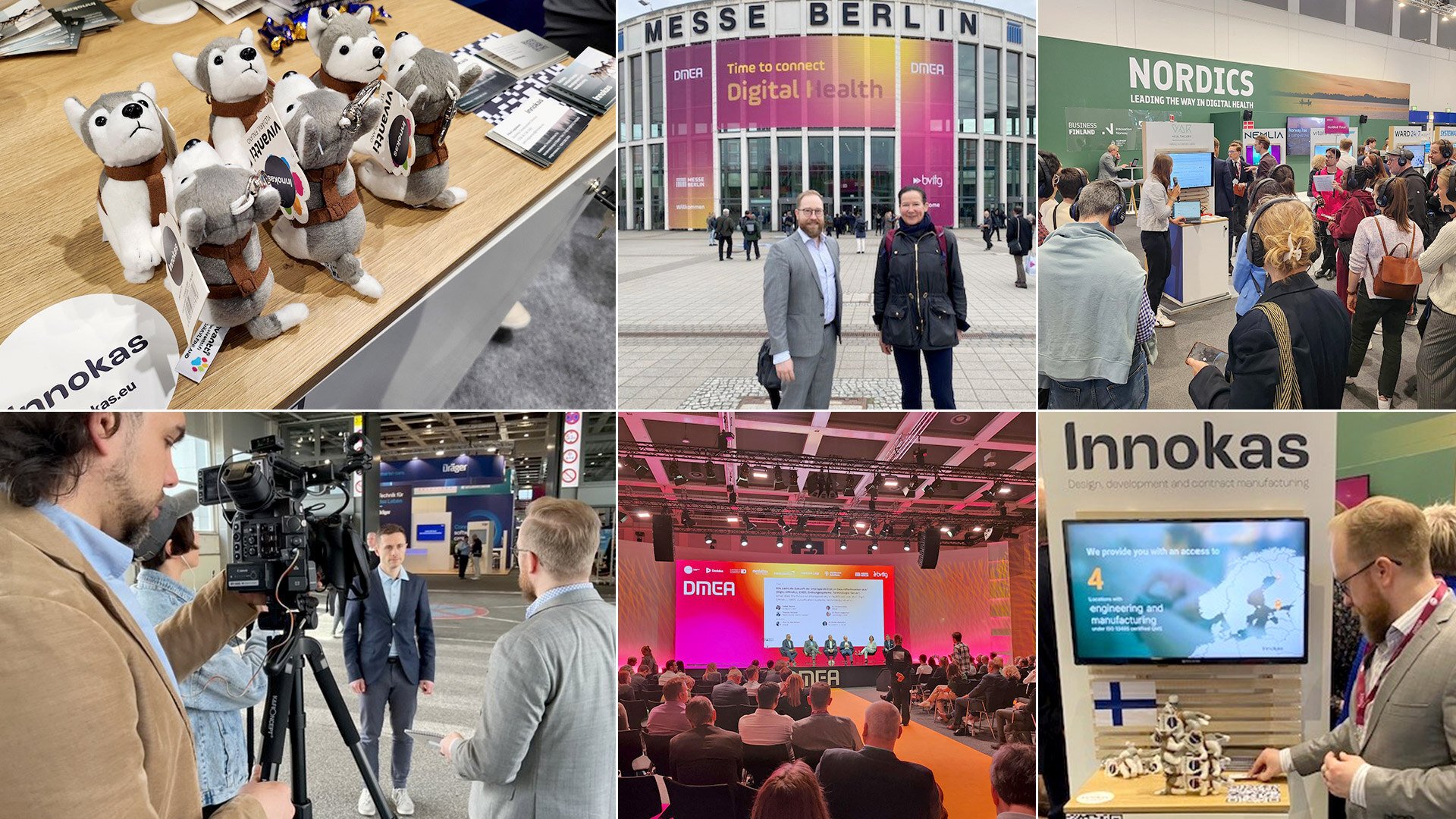Implementing big changes in device manufacturing can be intimidating. Identifying and addressing problems can feel overwhelming, with the fear of failure looming. However, starting the improvement project with an experienced partner following DfX methodologies ensures a successful outcome for both parties involved.
DfX, short for Design for Excellence, refers to a set of methodologies and practices aimed at improving product design and development processes. It encompasses various disciplines such as Design for Manufacturing (DfM), Design for Assembly (DfA), Design for Reliability (DfR), Design for Cost (DfC), and others. The goal of DfX is to optimize product performance, quality, cost-effectiveness, and manufacturability by considering these factors early in the design stage. By applying DfX principles, companies can enhance their products' overall efficiency and success in the market. Here is how a typical DfX project with an experienced partner might go, based on the interview of our Business Development Director Mikko Kangas.
Beginning – Identifying the need for DfX project
Innokas Medical has been successfully manufacturing customers’ devices for a few years with good turnaround and sales, but some issues have arisen recently.
One, the circuit board microprocessors used in the device are nearing the end of their lifecycle. Additionally, there have been challenges in availability, the price has been skyrocketing, and there are other components that should be replaced for similar reasons.
Second, the final assembly as well as testing of the device has been both demanding and time-consuming.
Third, the white plastic casing of the device has posed challenges with quality and a lot of reclaims have had to be sent to the supplier. It has affected the security of supply, and we have not been able to assemble high-quality equipment that meets the regulations in the amount required by the customer.
Determining DfX principles to be used
We collaborated with the customer to identify areas for improvement in the cost reduction and quality enhancement project. We considered the customer's feedback and revised the device accordingly. Additionally, we shared the manufacturing challenges we encountered and provided input on how we would improve quality and assembly/testing time. Applying Lean principles, we examined the present turnaround time and mapped out each phase for future reference.
After the revisions with the customer had been made, we decided to greenlight the project with the goals of Design for Manufacturing, Design for Assembly, Design for Reliability, Design for Cost, Design for Supply chain and Design for Life Cycle.
Phases of a DfX project
We began by upgrading the circuit boards by replacing components. We were able to minimize the need for major changes to microprocessor software. Similar enhancements were made to other components, opting for those with longer lifecycles and better availability.
Collaborating with the supplier, we facilitated improvements in injection molding with the plastic casing for the product. We also engaged the third-party printing service and enhanced logistics with the supplier by selecting new packing material to prevent damage to the molds. Simultaneously, we created quality requirement documents to ensure consistent criteria in the future.
DfX as a part of internal improvement
All of this ended up making processes at Innokas’ much more efficient as the reception inspection could be done much faster with a minimal number of disqualifications.
For the final assembly, the procedures were improved internally by, for example, utilizing sheet metal more to bring down the costs, as well as standardizing the screws and rethinking the wiring. Very small changes turned into significant improvements.
The internal quality checks phases were streamlined after going through the documentation from the past years to identify which checks have always passed and could be either cut or be done for every tenth of so device.
Quality assurance and final packaging were looked at as Innokas’ internal improvement. For example, the packaging of the devices was changed to one flow, where each individual device was packaged separately. It was noted to be much faster with a smaller margin of error compared to serial work.
The funds invested in the project were earned back within half a year of the changes taking place, so undertaking the project ended up benefiting both Innokas and the customer significantly. If there is a product that you would like to have looked at with DfX principles in mind, do not hesitate to contact us for a quick chat.











